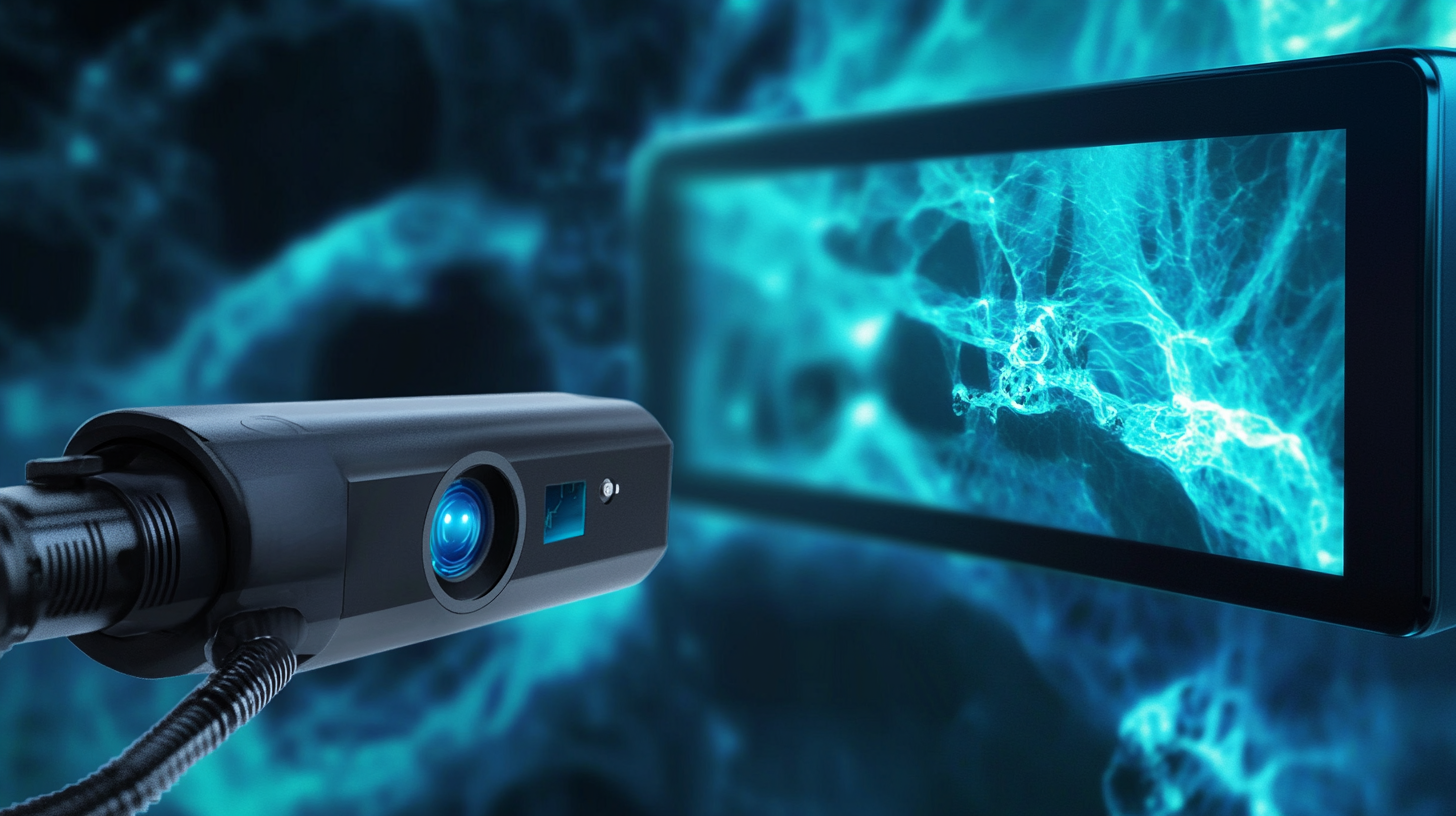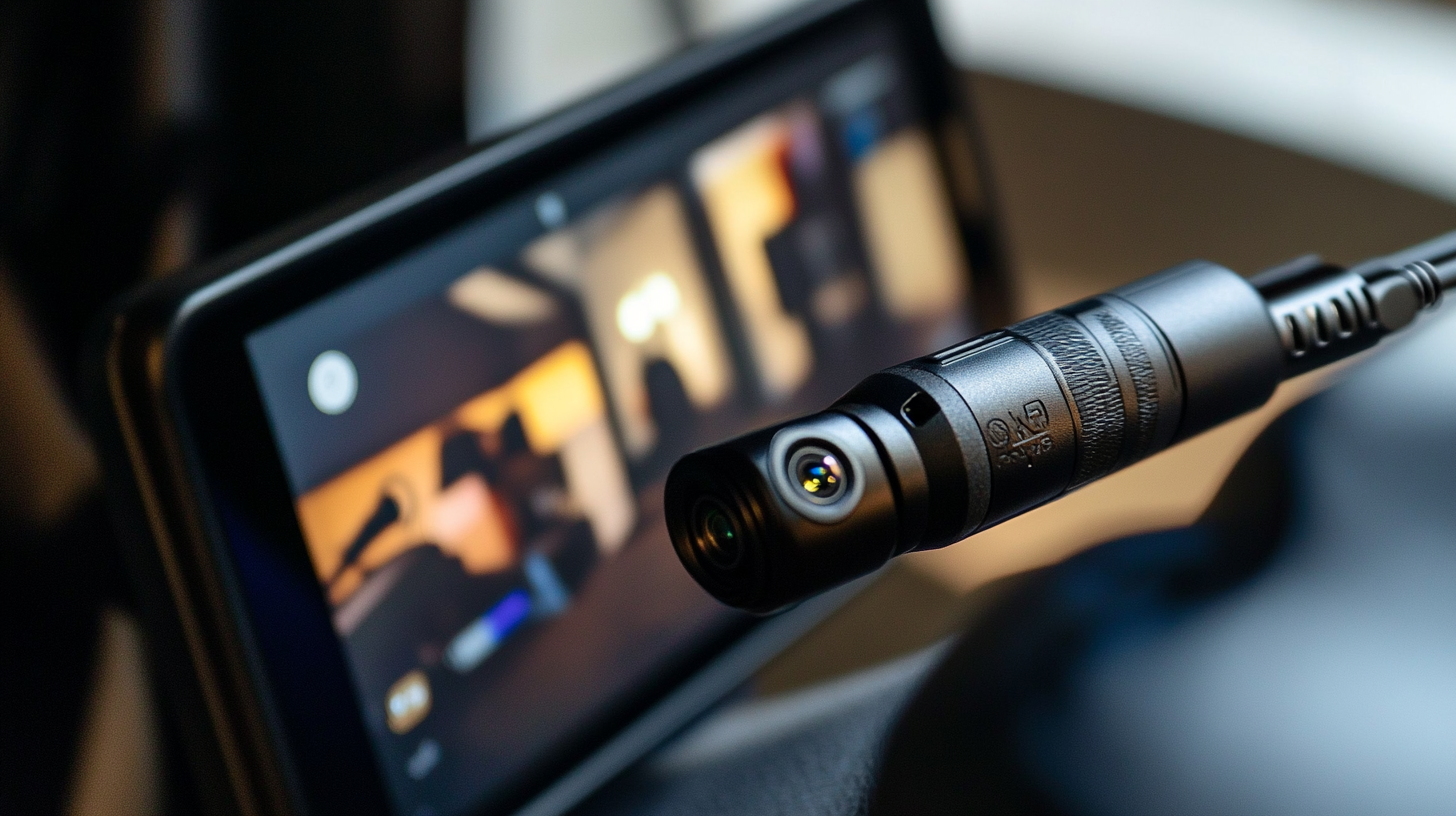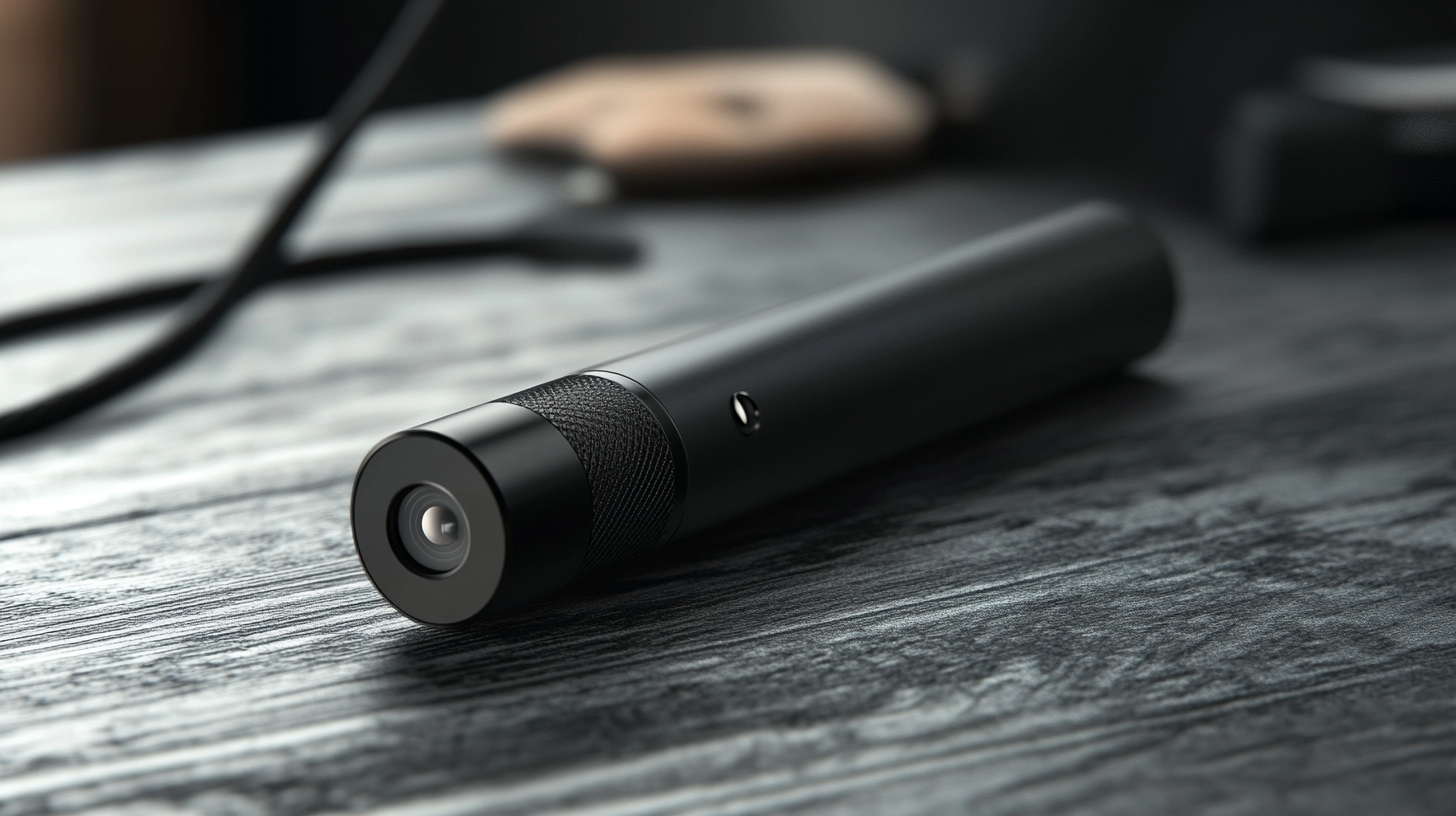7 Compelling Benefits to Choose Hd Endoscope Camera for Your Business Needs
In today's rapidly advancing technological landscape, businesses are increasingly seeking innovative solutions to enhance their operations and improve efficiency. One such groundbreaking tool is the HD Endoscope Camera, which has emerged as a game-changer across various industries. Unlike traditional inspection methods, the HD Endoscope Camera offers unparalleled image clarity and precision, allowing for detailed visual assessments of otherwise inaccessible areas. From manufacturing and plumbing to medical applications and beyond, the adaptability of this device caters to unique business needs while significantly reducing time and costs associated with manual inspections. In this blog, we will delve into seven compelling benefits of choosing an HD Endoscope Camera for your business, showcasing how this technology can transform operations and drive productivity. Whether you are looking to enhance quality control, streamline maintenance procedures, or elevate your service offerings, understanding the advantages of this versatile camera is crucial for staying competitive in today’s market.

Advantages of High-Definition Endoscope Cameras in Medical Diagnostics
High-definition (HD) endoscope cameras have revolutionized medical diagnostics, offering numerous advantages that elevate the quality of patient care. One of the primary benefits of HD endoscope cameras is their superior image resolution. This enhanced clarity allows healthcare professionals to identify abnormalities and complications with greater precision, ultimately leading to more accurate diagnoses. For instance, advancements in endoscopy technology have increasingly emphasized image quality, resulting in better visualization of internal organs during procedures such as colonoscopies.
Moreover, the integration of HD cameras with innovative docking systems is enhancing usability in clinical settings. The recent introduction of advanced docking technologies optimizes the connection between smartphones and endoscopes, improving flexibility and functionality. Such developments are crucial as they enable real-time image sharing and collaboration among medical staff, thereby fostering a more effective diagnostic process. The market for endoscopy visualization systems is on an upward trajectory, indicating a robust trend towards adopting HD technology for its potential to make medical procedures safer and less invasive, which is a significant benefit for patient outcomes.
7 Compelling Benefits to Choose Hd Endoscope Camera for Your Business Needs
| Benefit | Description |
|---|---|
| High Image Quality | Provides clear and detailed images for accurate diagnostics. |
| Enhanced Visualization | Allows practitioners to visualize hard-to-reach areas effectively. |
| Real-Time Monitoring | Enables real-time video transmission during procedures. |
| Cost Efficiency | Reduces the need for multiple imaging modalities, saving costs. |
| Improved Patient Outcomes | Enhances the accuracy of diagnoses, leading to better treatment. |
| User-Friendly Design | Intuitive controls and setups make it easy for practitioners to use. |
| Versatile Applications | Suitable for a range of medical fields, including gastroenterology and pulmonology. |
Enhancing Inspection Accuracy: The Role of HD Endoscope Cameras in Industry
In today's competitive industrial landscape, ensuring precise inspection processes is critical for maintaining high standards of quality and safety. HD endoscope cameras are revolutionizing the way businesses conduct inspections by providing unparalleled accuracy and detail. These advanced cameras offer high-definition imagery that allows inspectors to identify even the most subtle defects or issues within machinery and structures. This level of clarity not only enhances the effectiveness of inspections but also significantly reduces the risk of overlooking critical problems.
Moreover, the versatility of HD endoscope cameras makes them suitable for a variety of industries, from manufacturing to healthcare. Their ability to access hard-to-reach areas means that inspections can be conducted efficiently without extensive disassembly of equipment. This can lead to substantial time savings and helps minimize downtime, which is crucial for maintaining operational efficiency. The integration of HD endoscope cameras into inspection protocols not only boosts accuracy but also empowers businesses to uphold compliance with safety standards, ensuring that they meet and exceed regulatory requirements.

Cost-Effectiveness: How HD Endoscopes Save Businesses Money in the Long Run
The cost-effectiveness of HD endoscope cameras is one of their most significant advantages for businesses. Investing in these advanced imaging tools can lead to substantial savings over time. Traditional inspection methods often involve time-consuming teardown processes and costly repairs. In contrast, HD endoscopes allow for non-invasive inspections, enabling technicians to identify issues more quickly and accurately. This reduced downtime translates directly into lower labor costs and increased productivity.
Moreover, the precision offered by HD endoscopes minimizes the risk of misdiagnosis, which can lead to unnecessary expenditures on parts and labor. With crystal-clear imagery, businesses can make informed decisions about repairs or maintenance, ensuring that resources are allocated efficiently. As companies track these savings over time, the initial investment in HD endoscopy technology clearly pays off, solidifying its role as an essential tool for modern operations. By choosing HD endoscopes, businesses not only optimize their inspection processes but also enhance their overall financial performance.
Improving Patient Experience: Benefits of HD Endoscopes in Healthcare Settings
In the modern healthcare landscape, the integration of high-definition (HD) endoscope cameras into clinical practice is revolutionizing patient care. One of the most significant benefits of HD endoscopes is their ability to enhance the visualization of internal structures. By providing clearer, more detailed images, healthcare professionals can make more accurate diagnoses and develop targeted treatment plans. This accuracy not only streamlines the medical process but also reduces the likelihood of unnecessary procedures, ultimately leading to better patient outcomes.
Moreover, HD endoscopes contribute to improved patient experience through heightened comfort and confidence in care. Patients are more likely to feel reassured when their healthcare providers utilize advanced technology that promises precision and clarity. This trust is vital, especially in procedures that can cause anxiety. With HD imaging, the medical team can show patients real-time visuals of their conditions, fostering transparency and open communication. As a result, patients can engage more meaningfully in their care decisions, enhancing their overall experience and satisfaction within healthcare settings.

Versatility Across Industries: Applications of HD Endoscope Cameras in Various Fields
HD endoscope cameras are revolutionizing various industries with their unprecedented versatility and superior imaging capabilities. In healthcare, for example, the global endoscope market is expected to reach $36.3 billion by 2025, driven by the increasing demand for minimally invasive procedures. HD endoscopes facilitate real-time imaging, allowing surgeons to navigate complex procedures with utmost precision, thereby improving patient outcomes and reducing recovery times.
Similarly, in the industrial sector, HD endoscope cameras are indispensable for non-destructive testing (NDT) applications. According to a report by MarketsandMarkets, the NDT market is projected to grow from $22.6 billion in 2020 to $28.3 billion by 2025, highlighting the essential role of HD endoscopes in inspecting hard-to-reach areas in structures such as pipelines and aerospace components. These cameras enhance safety and efficiency by allowing for thorough inspections without the need for extensive disassembly or downtime.
Moreover, the automotive industry is also witnessing significant gains from the adoption of HD endoscope technology. According to a recent industry study, over 60% of quality assurance teams in automotive manufacturing are now employing endoscopic solutions to ensure component integrity and compliance with safety standards. This trend underscores the growing reliance on HD endoscope cameras across a broad spectrum of applications, affirming their essential role in driving innovation and efficiency in various fields.

